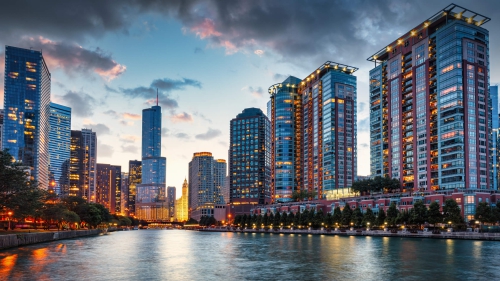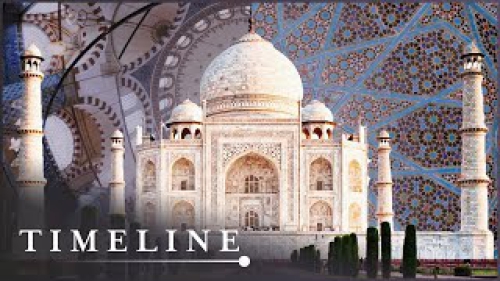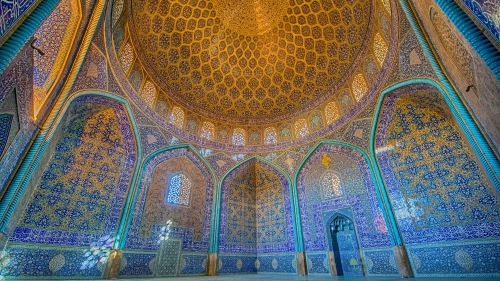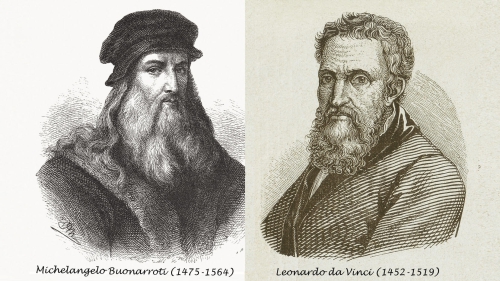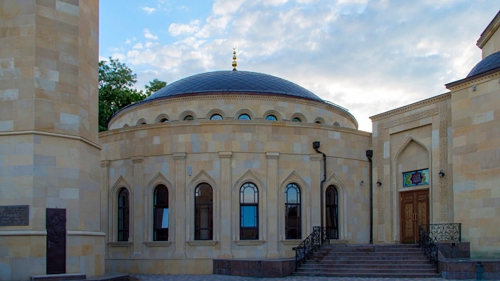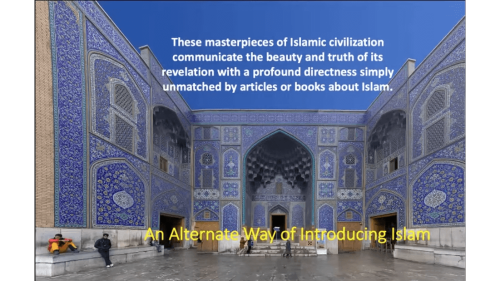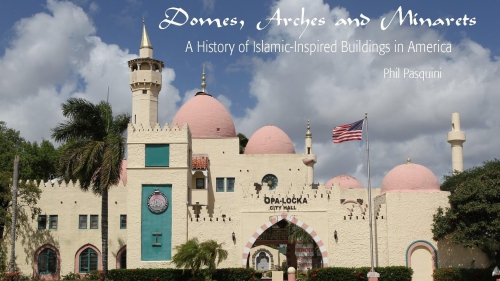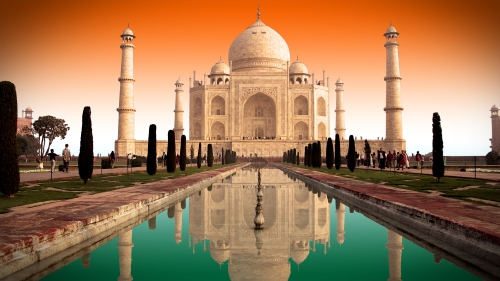Light as a Decorative Medium in Islamic Art and Architecture
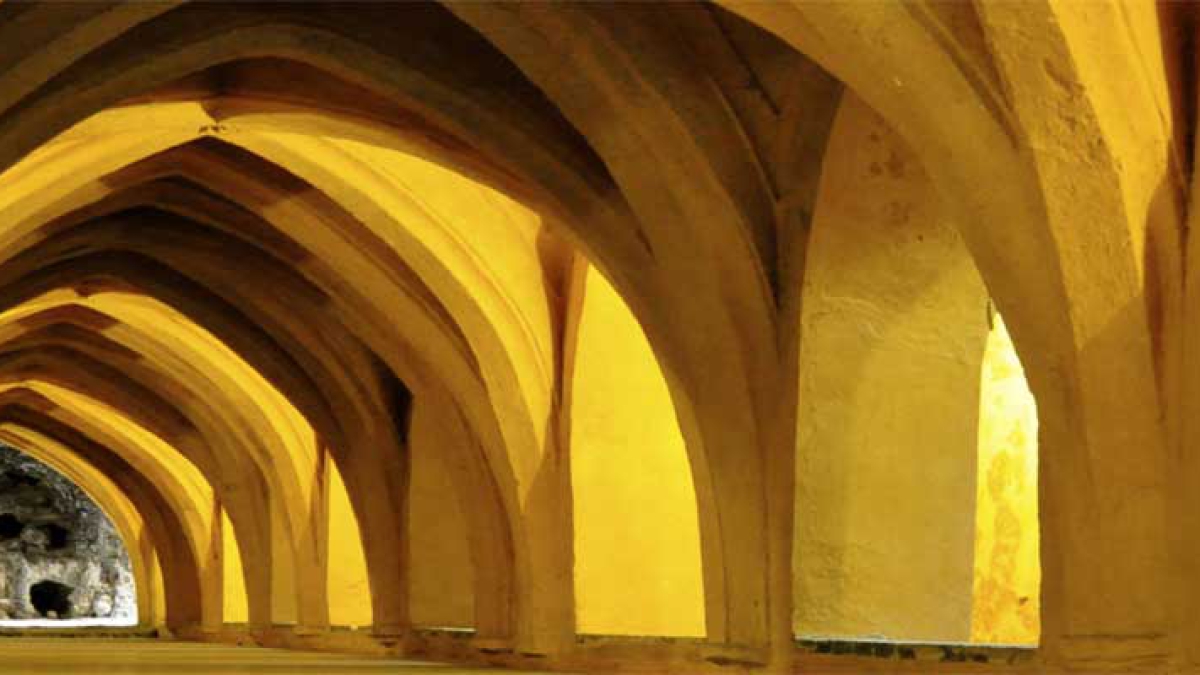
The performance of Islamic decorative arts is enhanced by ingeniously manipulating light, which is normally admitted in abundance into Islamic buildings through diverse media. Apart from richly illuminating the interior of buildings, thus promoting, among other things, the notion of energy efficient buildings, light is often maximized for the purpose of enhancing the performances of a building's decorative schemes. Titus Burckhardt wrote that an artist who wishes to express the Islamic ideals, in particular the idea of the 'unity in existence' or the 'unity of the real' has "three means at his disposal: geometry, which translates unity into the spatial order, rhythm, which reveals it in the temporal order and also indirectly in space, and light which is to visible forms what Being is to limited existence."
However, Titus Burckhardt continued, "there is no more perfect symbol of the Divine Unity than light. For this reason, the Muslim artist seeks to transform the very stuff he is fashioning into a vibration of light. It is to this end that he covers the interior surfaces of a mosque or palace -- and occasionally the outer ones -- with mosaics in ceramic tiles. This lining is often confined to the lower part of the walls, as if to dispel their heaviness. It is for the same purpose that the artist transforms other surfaces into perforated reliefs to filter the light. Muqarnas also serve to trap light and diffuse it with the most subtle gradations. Colors reveal the interior richness of light. Light viewed directly is blinding; it is through the harmony of colors that we divine its true nature, which bears every visual phenomenon within itself."
The notion of light (nur) is very important in Islam. God has likened Himself to light in a Qur'anic chapter called al-Nur, which means Light. In it, God declares that He is the Light of the heavens and the earth (Al-Nur 24:35). A parable of His light is then presented in a breathtaking style. According to Abdullah Yusuf Ali, "the physical light is but a reflection of the true Light in the world of Reality, and that true Light is Allah. We can only think of Allah in terms of our phenomenal experience, and in the phenomenal world, light is the purest thing we know, but physical light has drawbacks incidental to its physical nature...The perfect Light of Allah is free from any such defects."
The Qur'an also identifies divine revelations with nur or light which helps people to walk and persevere on the right path. Accordingly, the main job of prophets was to guide people from darkness to light (Al-Ma'idah 5:15, 5:44). The term nur in the Qur'an is used to express physical, moral and spiritual vision. The job of Satan, on the other hand, is to deceive people and (mis)lead them from light to darkness (Al-Baqarah 2:257). The whole of existence on earth is thus a struggle for supremacy between the forces of good and evil, truth and falsehood, enlightenment and ignorance, civilization and backwardness, vision and blindness, light and darkness.
Since Islamic architecture expresses the worldview of Muslims, light plays such an important role in its realm. It is used not only for illuminating buildings, but also as a decorative medium that helps people achieve the moral and spiritual vision of Islam, in general, and of Islamic decorative arts, in particular. Light also links internal space with general external space. It allows the users of internal spaces, which are generated by man, to stay permanently connected with external space, which is God's physical realm governed by His physical laws. While both illuminating and beautifying the things fashioned by man, light underscores in its own ways the inconsequentiality, fragility, relativity and imperfection of man, his products and this world. It, at the same time, underscores the omnipotence, perfection, absoluteness, beauty and infinity of God. Everything completely depends on Him and His light and grace for survival, guidance and salvation in both worlds.
The Muslims and their buildings favor light, both symbolically and factually, also because there is nothing simpler, plainer and clearer than the truth. Moreover, there is no better secret to a happy and meaningful life than sheer simplicity, sincerity, transparency and honesty, with others and, more importantly, with one's own self. There is nothing that symbolizes these notions better than the notion of light, just as there is nothing that symbolizes the opposites better than the notion of darkness. Surely, the life of a true believer is a simple, straightforward and a clearly defined affair, from the beginning till the end. Minimalism in form and appearances, and profundity, wisdom and luminosity in substance, meaning and purpose, it stands to reason, are synonymous with the lifestyle of a believer. A true believer, furthermore, has nothing to hide, camouflage, mystify or veil when it comes to his relationships with his Creator and with his very self and his consciousness. There is nothing in his life that is susceptible to hesitation, skepticism, superstitions and unnecessary fears. In contrast, he is very confident of, and happy about, what and who he is, and what he normally does. He does not hesitate even for a moment to exhibit to his self, his intellect, and to the spiritual forces of existence, the truths about himself and about his life undertakings. Illuminating both his life and buildings, both metaphorically and factually, physically and spiritually, thus denotes to a believer the illuminating and upholding of his intellect and soul, i.e., his very self. It denotes that he is succeeding in keeping up being what he was always meant to be, that is, a dignified and enlightened vicegerent and at the same time servant of God who incessantly aims for the highest metaphysical lore and standing, but does not forget his earthly origins and provisional affiliations. Illuminating both his life and buildings further denotes to a believer that he is true to his self and to his Creator and Lord. Light to him signifies self-confidence, and the vigilance and competence of the consciousness and the soul. It signifies authenticity and success. Deliberate and pervasive darkness, on the other hand, signifies skepticism, wavering and pessimistic seclusion and escapism. Darkness is a sham and a failure. It is an aversion.
It was exactly because of this that when prophet Musa (Moses) was asked to make an appointment between himself and Pharaoh's magicians for a duel between the truth and the falsehood, he chose a day of "the Festival" demanding that all the people gather in the early forenoon (Ta Ha, 20:59). Prophet Musa thus wanted everyone to be present as a witness to the triumph of the truth, and to do so in the early forenoon when the light of the day is at its brightest, and when the faculties and minds of the people are sharpest and most perceptive, so that the truth could be unmistakably witnessed by all and could be accepted by whosoever willed to do so of his or her own accord.
It is because of this, furthermore, that while mosques, for example, are always completely and very well illuminated - sometimes even excessively -- in many temples and shrines, the depositories of the falsehood and delusions, light is frequently cleverly manipulated, rendering some curvatures, sections or images in the buildings deliberately dim or poorly lit, in addition to the strategic positioning of those curvatures, sections and images and how they are related to each other, so as to manipulate the feelings, impressions and thoughts of a visitor. This is so because the very concepts, philosophies and thoughts, which those temples and shrines personify, have themselves been shrouded in clouded mysteries, myths, fables and uncertainties, and so must always be presented in the same manner to ensure their acceptance and survival. In those places, one is to be overwhelmed and guided by manipulated, pseudo and inexpressible moods and emotions, rather than by objective and critical thinking and by rational reasoning and judgments.
Isma'il Raji al-Faruqi elaborated on the chief ontological reason why Islamic buildings are always clearly lit: "This legacy has made imperative that the Islamic building be clearly lit. Islam abhors darkness. It has no mysteries, no secrets and tolerates no paradoxes or ambiguities. Its aim is always perfect clarity, perfect vision, perfect obviousness and distinctness. It has never used or accepted the symbolism of the womb. Its revelation was not something born in darkness, shrouded in mystery, beset with ambiguity. The Prophet often received the revelations in presence of the public. Its advent never required or accompanied the slightest lapse of consciousness. On the contrary, the Prophet's consciousness was always tauter and clearer under the impact of revelation. That is why Islam never entertained or tolerated any dilation of consciousness, any drunkenness, any psychotropia as having anything to do with the vision of the Holy, with religious experience."
*****
Dr. Spahic Omer, a Bosnian currently residing in Malaysia, is an Associate Professor at the Kulliyyah of Architecture and Environmental Design, International Islamic University Malaysia. He studied in Bosnia, Egypt and Malaysia. His research interests cover Islamic history, culture and civilization, as well as the history and philosophy of the Islamic built environment. He can be reached at spahicoyahoo.com; his blog is at www.medinanet.org.







